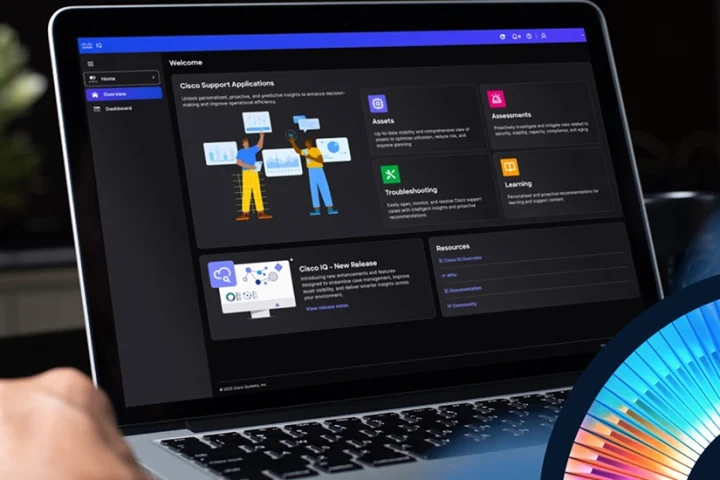Actifio’s Virtual Data Pipeline technology provides a holistic approach to data management
Actifio reveals that there is dramatic growth in the number of enterprise customers using Actifio to better control access to their confidential data, particularly throughout their data protection and application development processes. Although there is no information about geographic specific growth but the research done by IDC, commissioned by Actifio, found many enterprises are still struggling to control their critical data, with two-thirds of enterprises failing to meet best practice standards for data control.
Actifio’s Virtual Data Pipeline technology provides a holistic approach to data management that enables large organizations to capture data directly from production applications, manage a single “golden master” copy of that data in their most secure environment, and then use virtual copies to maintain both accessibility and control.
The use of a copy data virtualization platform severely limits the proliferation and availability of physical data copies, when data is both at rest and being moved or migrated between production and non-production environments, generations of hardware, data centers or cloud infrastructure. Most importantly, copy data virtualization decreases the number of targets available to those with harmful intent.
Keeping enterprise data both safe and accessible is a complex balancing act made all the more difficult by the geometric growth rate of production data. When coupled with conventional data protection programs and a siloed approach to copy data creation, the result is an unintended and uncontrolled proliferation of “rogue copies” of sensitive data. This data is difficult to keep track of, let alone protect. Organizations and individual users dissatisfied with the responsiveness of infrastructure and operations can often lead to ‘shadow IT’ operations that contain such rogue copies. Each added physical copy increases the “surface area of attack” for this data, creating additional opportunities for the wrong people to get access to confidential or personally identifiable information of clients.
The problem still persists throughout the vast majority of enterprises, despite well publicized high-profile security breaches or data leaks. This is illustrated by the results of a recent survey conducted by leading analyst firm IDC, summarized in a new white paper commissioned by Acti
The Actifio-commissioned white paper contains insights from a survey of senior executives at 429 mid-to-large scale enterprises across five industry sectors – Government, Financial, Education, Healthcare and Retail, and focuses on current trends related to data access, management, masking, copy proliferation and tracking. To view the IDC white paper in full, please download it here, or view more highlights in this Actifio blog.
“Our research clearly identified two major challenges faced by IT executives – the copy data proliferation problem and the copy data access problem,” said Phil Goodwin, research director, Storage Systems and Software of IDC. “Copy data is costly, and introduces risk when it needs to be accessed. Organizations need solutions that can automate copy data management and subsequently reduce risk and cost in the enterprise and public sector environments; manual efforts are simply insufficient”
The enterprise copy data access problem is simply too large and broad for IT organizations to handle manually. By 2018, IDC estimates copy data will be cost IT organizations $50.63 billion and currently consumes up to 60 percent of the IT storage hardware and infrastructure budget.
“The truth is most companies are have no idea how many copies of a given data set are floating around in their infrastructure or in the cloud,” said Ash Ashutosh, CEO of Actifio. “If you don’t know how many copies you have you don’t know where they are, and if you don’t know where they are you can’t tell who has access to them. Actifio gives customers a single system of record to take control of their secondary data, and more and more CIOs are taking a proactive approach to reduce the threat of exposure.”




















